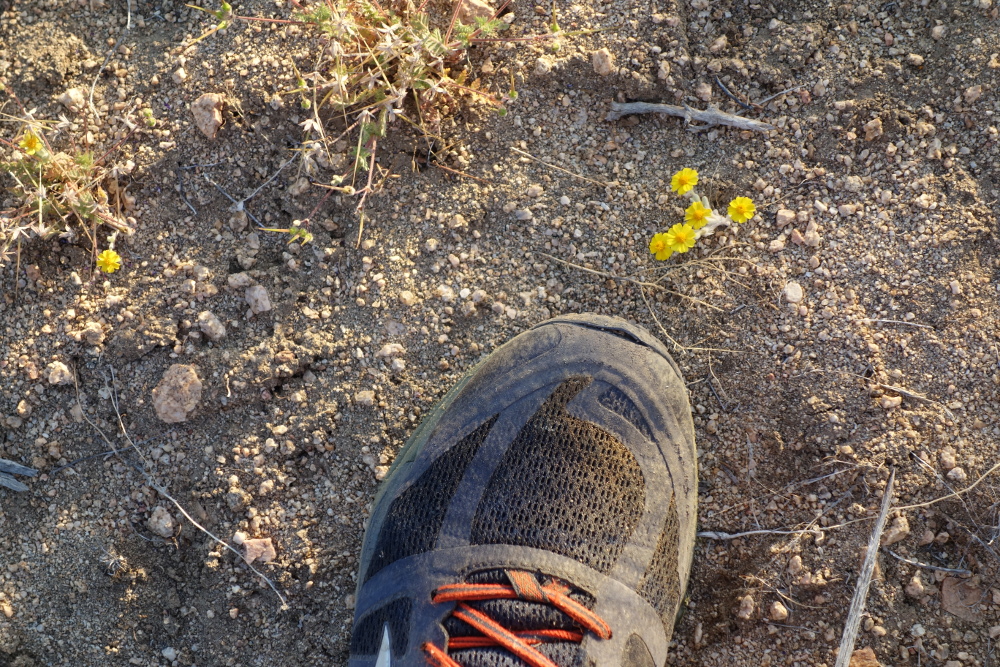Tony Wasserman is an interesting chap. He is on the advisory board for Coko and has been around the open source block a few times (including being Director of the OSI at one time). He invited me to talk to his students yesterday (which was fun!) and was kind enough to offer me a lift back to San Francisco. In the car, we talked about my brief foray trying to make the argument to ‘the open source community’ that we need to invest in user-centric solutions models. Although Tony and I think of what this means differently (for Tony I think he considers strategies using personas and user interviews, and adding UX at the end of the project to largely take care of this, whereas I’m advocating that users design their own software), he had some interesting ideas on how to make this argument.
So, I want to scratch them down here so I don’t forget them.
First, he believes the argument can be made that open source has progressively solved a historical ‘stack’ of problems. These include (in order):
- infrastructure (operating systems, databases etc)
- developer tools (including libs etc)
and that there is a third tier that we are confronted with now:
That is an interesting idea. It’s useful because it shows a forward momentum, which is a positive story, and also because we can show there are different types of problems to be solved. So the question is less ‘why does open source suck at the application layer’ and more about ‘how does open source solve these problems’ ie. it feels, when presented like this, more of a natural continuum.
Tony also brought up an interesting point when I was asking him for ideas on how to motivate ‘the open source community’ to consider new ways of working. His point was that user-testing in traditional software development processes is expensive and complex. Bringing the user into the process in a more ‘open source way’ solves the problem of ‘user testing’ in a more interesting way (it also, interestingly, places more value on the user when thought of like this). While this isn’t the whole story, it is a point worth pondering.
It was an interesting chat.


























